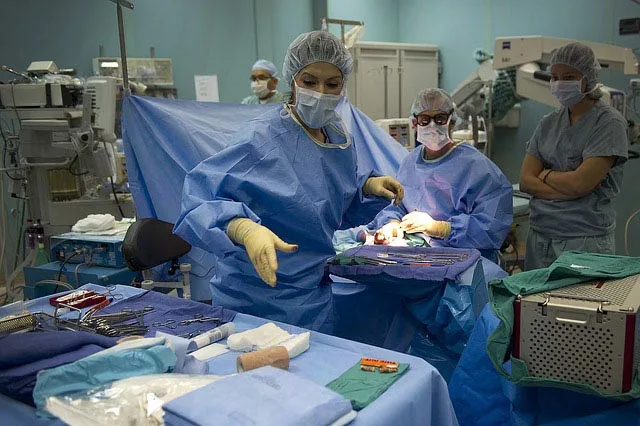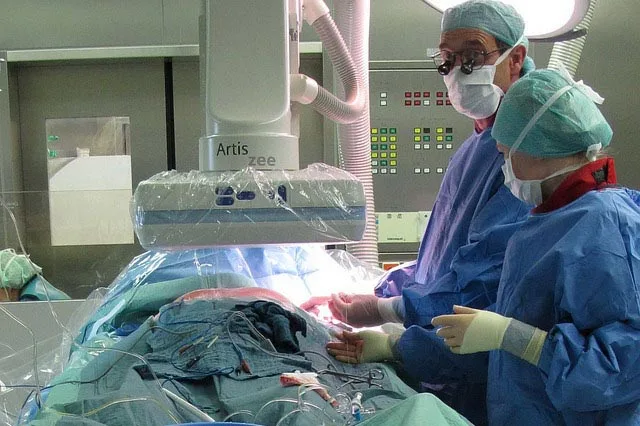Embryo Freezing is relatively a new technique, which is used as a part of the IVF treatment. Embryo freezing offers the opportunity for couples to conceive more than once from a single IVF procedure. During the IVF procedure, fertility drugs are recommended by doctors to stimulate the production of eggs. This usually results in more eggs than required. A couple can choose to store their embryos for future use, should they decide to conceive again without again going through the ovum pick up, and In-Vitro Fertilization steps of the process. If they later decide not to use the embryos, they may elect to donate them to other couples.
The process of embryo freezing is very simple. The unused embryos are frozen and stored in the tank of liquid nitrogen at 196 degrees Celsius. During the freezing process, a liquid called Cryoprotectant is added to protect the embryos. It is not necessary that all embryos will survive the thawing process. Therefore, for the next cycle, your doctor will advise you to have more embryos thawed than needed to be transferred. Another method used for the same is Vitrification. This technique uses very high concentrations of cryoprotectant, usually three or four times higher. Rapid cooling is used to freeze the embryos around 10,000 times faster to prevent the toxicity of the high levels of cryoprotectant and to achieve vitrification. (Vitrification, in simple words, is a process of changing the liquid state into gas formation instead of changing it into solid state that allows cells to be preserved into its existing state.)
Normally, embryos can be stored for ten years and after this its storage will depend on the woman’s medical circumstances and her partner or sperm donor’s medical status.
The success rate of pregnancy using the frozen embryos is similar or slightly lower than that using the fresh embryo.





